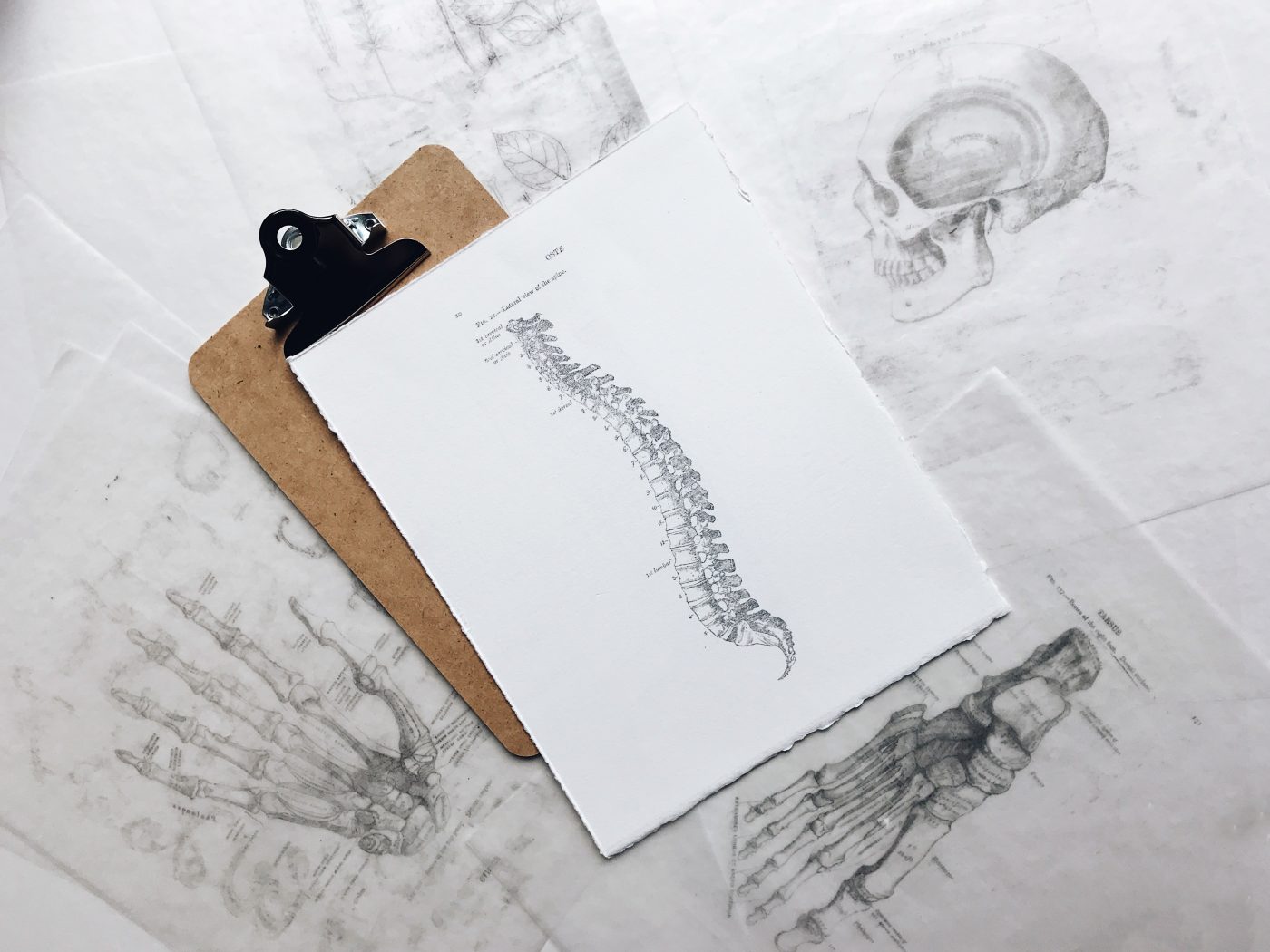Scoliosis Common in FA Children, Spinal Exams Should Be Part of Routine Patient Care, Study Argues

Scoliosis, an abnormal curvature of the spine, is highly prevalent in children with Friedreich’s ataxia (FA), predominantly caused by right-sided thoracic curves and commonly associated with a “hunchback,” a study describes.
Early onset of scoliotic deformities, before age 10 and when bones are still immature, also is frequent in children with FA — but the scoliosis’ severity does not correlate with the severity of FA itself, the study adds.
Given the high prevalence and early appearance of these skeletal problems, the researchers are calling on doctors to include spinal examinations in the routine care of patients with this inherited, progressive disease.
The study, “Scoliosis in Patients With Friedreich Ataxia: Results of a Consecutive Prospective Series,” was published in the journal Spine Deformity.
In addition to problems in motor coordination — known as ataxia — and walking, children with FA may develop several skeleton deformities during growth, including scoliosis.
This can be painful and interfere with breathing. It probably occurs because some muscles have weakened while others have remained strong, pulling the bones into abnormal positions.
The prevalence of scoliosis is high among FA patients, ranging from 63% to 100%. However, the characteristics of scoliosis and its natural evolution have been poorly studied, and its therapeutic management remains uncertain.
To describe scoliosis associated with FA, the researchers now examined the radiologic characteristics and evolution of the spinal shapes in 66 children, ages 7 to 18, followed between 2008 and 2017. All were patients at Robert-Debé Hospital, a French reference center for FA. The average follow-up was six years.
A multidisciplinary team of medical experts — including pediatric neurologists, physiotherapists, psychologists, and pediatric orthopedic surgeons — followed the disease’s progression in these children. Clinical, functional, and full-spine X-ray exams were completed twice a year.
Spinal deformities were characterized by measuring the angles (Cobb angle) and types of scoliosis, the orientation of the small bones of the spine, or vertebrae — cervical, thoracic, lumbar, sacrum and coccyx — and skeletal maturity.
The Cobb angle is the “gold standard” to quantify and track the progression of scoliosis and help doctors decide which treatment to use. It measures the curvature of the spine in degrees, on plain radiographs. Higher Cobb angles correspond to greater bending of the spine.
Most FA patients examined had scoliosis (71%). It was detected at a mean age of 11.7 years, roughly the same age as the Friedeich’s ataxia diagnosis, which was at 11.6 years.
At a first assessment, all but one patient with scoliosis were able to walk independently. At the latest follow-up — mean 5.7 years — about half were still able to walk (52%).
The mean Cobb angle of the spine’s curvature was 34 degrees. Main right thoracic was the most frequent type of curve observed (36%), followed by double major (21%), thoracolumbar and left thoracic curves (13%), main lumbar (11%), and long C-shape curves (6%).
Hyperkyphosis, a deformity in which the thoracic spine is bent forward, commonly referred to as hunchback, was present in 66% of the participants, with an average curvature angle of 50 degrees. This was often accompanied by misalignment of spinal segments, observed in 53% of the children.
Interestingly, the severity of spine curves, as measured by the Cobb angle, was not associated with FA severity, judged by ataxia scores, or the age at FA diagnosis.
However, early-onset of scoliosis — developing before the age of 10 when bones were immature — was common (32%) and progressed more rapidly than late-onset scoliosis appearing during adolescence.
As to management approaches, 28 patients, including 13 with early-onset scoliosis, started wearing a brace at a mean age of 11.6 years, during four years on average.
At skeletal maturity, wearing a brace seemed to prevent scoliosis from worsening in 61% of the children. This is much higher than reported by other studies — which showed success of 0% to 20%. These results could have been influenced by the fact that “bracing was often initiated early” in this study, the researchers said.
However, due to the great variability in brace types and schedules, no solid conclusions can be drawn regarding the effectiveness of bracing in preventing deformity progression in FA patients, the investigators said.
Spinal fusion surgery, or arthrodesis — fusing together two or more vertebrae so that they heal into a single, solid bone — was performed in nine patients (19%). Five of these children continued to be able to walk at least one year after surgery, challenging the view that spinal fusion makes patients lose their ability to walk.
For those unable to walk, spinal fusion was extended to the sacrum, which is the vertebrae at the base of the spine, at the intersection with hip bones.
The researchers stressed that “surgical decision must be taken after a multidisciplinary evaluation, exploring the multiple organ deficiencies, and particularly cardiopulmonary function.”
“Parents must be informed of the potential risks and benefits of the procedure, and intensive care unit hospitalization is usually required for two or three days,” they said.
The prevalence of scoliosis in FA was high, and hyperkyphosis with anterior misalignment was a common pattern “which might be related to the anterior imbalance frequently encountered in patients with an ataxia,” the researchers said.
The team said these results showed that regular exams of the spine are useful in detecting and treating problems caused by Friedreich’s ataxia.
“Spinal examination must therefore be part of the multidisciplinary approach and should be performed regularly,”they said.






